Home>Furniture>Outdoor Furniture>How Much Does It Cost To Turn A Patio Into A Sunroom
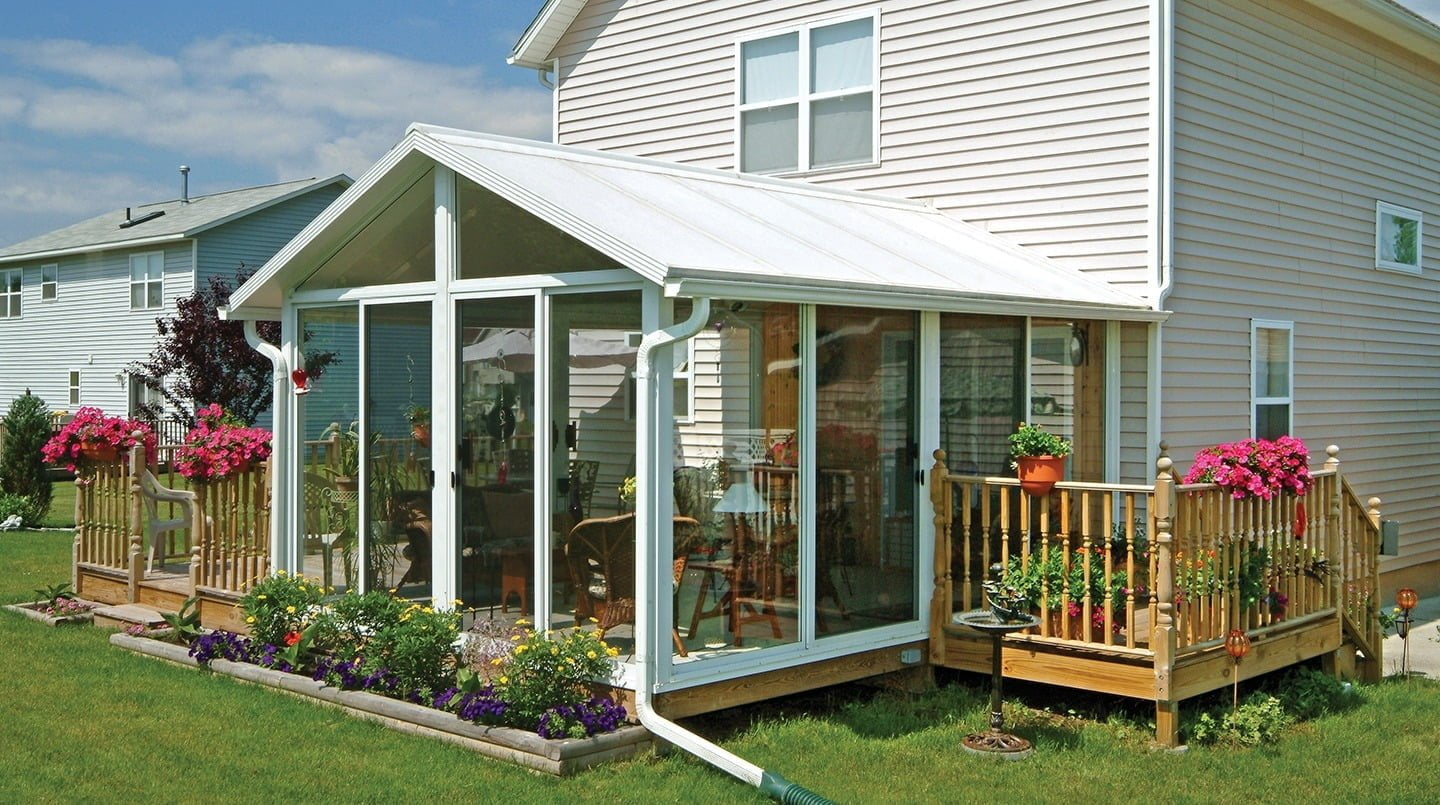

Outdoor Furniture
How Much Does It Cost To Turn A Patio Into A Sunroom
Modified: August 28, 2024
Transform your patio into a stunning sunroom without breaking the bank. Discover the cost of converting your outdoor space and explore stylish outdoor furniture options for your new sunroom.
(Many of the links in this article redirect to a specific reviewed product. Your purchase of these products through affiliate links helps to generate commission for Storables.com, at no extra cost. Learn more)
Introduction
Transforming your patio into a sunroom can be a fantastic way to expand your living space and enjoy the outdoors all year round. Whether you’re looking for a cozy reading nook, a vibrant entertaining area, or a peaceful retreat, a sunroom offers the perfect solution.
Before diving into the process of converting your patio into a sunroom, it’s essential to consider a few factors. This article will guide you through the cost implications, labor involved, and other important considerations that will help you make an informed decision.
Converting a patio into a sunroom involves a series of steps that require careful planning and budgeting. By understanding the various costs involved and the potential challenges you may face, you can make the right choices that suit your needs and budget.
So, let’s dive into the world of patio-to-sunroom conversion and discover how to create an inviting and functional space that will enhance your outdoor living experience.
Key Takeaways:
- Converting a patio into a sunroom can enhance living space, but requires careful planning, budgeting, and consideration of factors like permits, structural integrity, and insulation.
- The decision to DIY or hire professionals for a patio-to-sunroom conversion depends on skills, time, and budget. Benefits include extended living space, natural light, and year-round usability, but challenges like cost and maintenance should be considered.
Read more: How To Turn A Patio Into A Sunroom
Factors to consider before turning a patio into a sunroom
Converting your patio into a sunroom can be an exciting project, but it’s crucial to consider several key factors before embarking on the transformation. These factors will not only impact the overall cost of the project but also determine the functionality and longevity of your new sunroom. Let’s explore these important considerations:
- Permits and regulations: Before beginning any construction work, it’s essential to check with your local authorities regarding permits and regulations. Some areas may require building permits or have specific zoning restrictions for sunroom additions. Ensure that you comply with all necessary regulations to avoid any legal issues down the line.
- Structural integrity of the patio: Assess the current condition and structural integrity of your patio. Make sure it is strong enough to support the added weight, insulation, and windows that come with converting it into a sunroom. If there are any existing issues with the patio, such as cracks or foundation problems, it’s crucial to address them before proceeding with the conversion.
- Orientation and sunlight: Consider the orientation of your patio in relation to the sun. Determine which direction receives the most sunlight throughout the day and how it may affect the temperature and comfort of your sunroom. Proper orientation can maximize natural light and reduce the need for artificial lighting during the day.
- Insulation and ventilation: Insulation and ventilation are critical for maintaining a comfortable temperature in your sunroom. Ensure that the walls, roof, and floor are properly insulated to regulate heat during both summer and winter months. Additionally, consider installing windows that can be opened for proper airflow and cross ventilation.
- Electrical and plumbing considerations: If you plan to add electrical outlets, lighting fixtures, or even plumbing for a sink or bathroom, factor in the cost and feasibility of these installations. Consult with a licensed electrician and plumber to ensure that your sunroom meets all safety codes and requirements.
- Interior design and aesthetics: Think about the overall design and aesthetics of your sunroom. Consider how it will flow with the existing interior of your home and whether you want it to blend in seamlessly or make a statement. Choose appropriate flooring, paint colors, window treatments, and furnishings that will create the desired ambiance and enhance your outdoor living experience.
By carefully considering these factors, you can ensure a successful conversion that aligns with your vision and requirements. Now that we have explored the important considerations, let’s delve into the cost breakdown of converting a patio into a sunroom.
Cost of materials for converting a patio into a sunroom
Converting a patio into a sunroom requires a variety of materials to ensure its functionality and durability. The cost of these materials can vary depending on factors such as the size of the sunroom, the type of materials chosen, and the complexity of the project. Let’s explore the essential materials typically used and their associated costs:
- Framework: The framework forms the structural skeleton of the sunroom and is typically made of aluminum or wood. Aluminum is a popular choice due to its durability, low maintenance, and resistance to rust. The cost of aluminum framework can range from $5 to $20 per square foot, whereas wood may range from $10 to $30 per square foot.
- Windows: Windows play a crucial role in a sunroom, allowing natural light and ventilation. The cost of windows can vary depending on the type, size, and quality. The most common options include single-pane, double-pane, or energy-efficient windows. Prices can range from $150 to $1,000 per window, depending on the features and materials chosen.
- Roofing: The roof of the sunroom is an important component that provides protection from the elements. Popular roofing options include shingles, glass, or polycarbonate panels. The cost of roofing materials can range from $2 to $10 per square foot, depending on the type and quality selected.
- Insulation: Insulation is crucial for maintaining a comfortable temperature inside the sunroom. The cost of insulation materials, such as fiberglass or foam board, can range from $0.50 to $2 per square foot.
- Flooring: Flooring options for a sunroom include tiles, laminate, hardwood, or carpet. The cost will vary depending on the material and quality. Tile flooring can range from $2 to $15 per square foot, while hardwood can range from $5 to $20 per square foot.
- Electrical and lighting: If you plan to include electrical outlets and lighting fixtures in your sunroom, the cost will depend on the number of outlets, the complexity of the wiring, and the type of lighting chosen. It is advisable to consult with a licensed electrician to determine the specific costs associated with electrical work.
In addition to these materials, it’s important to factor in the cost of other miscellaneous items such as paint, sealants, adhesives, and trim materials. These costs can vary and should be considered when estimating the overall materials budget.
It’s worth noting that the prices mentioned here are approximate and can vary depending on your location and the specific materials and suppliers you choose. It’s always recommended to obtain multiple quotes and compare prices to ensure you get the best value for your money.
Now that we have explored the materials cost, let’s move on to discuss the labor costs involved in converting a patio into a sunroom.
Labor costs involved in converting a patio into a sunroom
Converting a patio into a sunroom requires skilled labor to ensure a successful and structurally sound transformation. The labor costs involved in this project will depend on various factors, including the complexity of the conversion, the size of the sunroom, and the region in which you live. Let’s explore the different aspects of labor involved in converting a patio into a sunroom:
- Demolition and preparation: Before the actual construction begins, your existing patio will need to be assessed and prepared for the conversion. This may involve demolition of any existing structures, removal of flooring or roofing materials, and cleaning the area. The labor cost for demolition and preparation can range from $500 to $2,000, depending on the scope of work.
- Foundation and framing: The construction of a sunroom often requires a new foundation or modifications to the existing one. This step involves excavating the area, pouring concrete, and installing the necessary footings and framing. The labor cost for the foundation and framing can vary but typically ranges from $3,000 to $8,000, depending on the size and complexity of the sunroom.
- Installation of framework and windows: Once the foundation is in place, the framework and windows need to be installed. This task requires skilled labor to ensure proper alignment, stability, and weatherproofing. The labor cost for framework installation can range from $2,000 to $5,000, while window installation may add an additional cost of $1,000 to $3,000.
- Insulation and roofing: Proper insulation and roofing are essential for maintaining a comfortable and durable sunroom. Installing insulation materials and roofing components requires attention to detail and expertise. The labor cost for insulation and roofing can range from $1,500 to $4,000, depending on the size and complexity of the sunroom.
- Electrical and plumbing: If you plan to include electrical outlets, lighting fixtures, or plumbing in your sunroom, it will require the expertise of licensed electricians and plumbers. The labor cost for electrical and plumbing work can vary based on the number of outlets, fixtures, and complexity of the installation. It is advisable to consult with professionals to obtain accurate cost estimates.
- Finishing touches: The final stage of labor involves completing the finishing touches, such as installing flooring, trim, and any additional features you may want in your sunroom. The labor cost for these final touches can range from $1,000 to $3,000, depending on the size and complexity of the sunroom and the materials chosen.
It’s important to note that labor costs can vary significantly depending on the location, the level of expertise required, and the specific labor rates in your area. Obtaining multiple quotes from reputable contractors is crucial to ensure fair pricing and quality workmanship.
Keep in mind that these labor cost estimates are approximate and should be used as a general guideline. The overall labor costs for converting a patio into a sunroom will ultimately depend on your specific project requirements and the rates charged by contractors in your area.
Now that we have discussed the labor costs involved, let’s move on to explore additional costs associated with converting a patio into a sunroom.
Additional costs for turning a patio into a sunroom
When converting a patio into a sunroom, there are additional costs beyond the materials and labor that you need to consider. These costs can vary depending on your specific needs, preferences, and the scope of your project. Let’s explore some of the common additional costs associated with turning a patio into a sunroom:
- Permits and inspections: Depending on your local regulations, you may need to obtain permits for the construction and renovation work involved in the sunroom conversion. Permit fees can vary, so it’s important to check with your municipality and factor in these costs. Additionally, there may be costs associated with inspections throughout the construction process to ensure compliance with building codes.
- Architectural and engineering services: If your sunroom conversion requires complex structural modifications, you may need to hire an architect or structural engineer to assess and design the necessary changes. Their expertise is crucial in ensuring the structural integrity of the sunroom. The cost of architectural and engineering services can range from a few hundred dollars to several thousand, depending on the complexity of the project.
- Site preparation: Before construction begins, the site may require some preparation work, such as clearing vegetation, leveling the ground, or removing obstacles. The cost of site preparation will depend on the current condition of your patio and the amount of work required.
- Landscaping: Converting a patio into a sunroom may impact the surrounding landscape. You may need to consider landscaping costs to ensure that the area around the sunroom blends seamlessly with the rest of your outdoor space. This could involve planting new vegetation, adding pathways, or installing outdoor lighting.
- Furniture and decor: Once your sunroom is complete, you’ll want to furnish and decorate it to make it a comfortable and inviting space. The cost of furniture, accessories, and decor will vary depending on your style preferences and budget. Consider investing in weather-resistant and durable furniture options that can withstand the elements.
- Maintenance and upkeep: It’s essential to budget for ongoing maintenance and upkeep for your sunroom. This may include regular cleaning, resealing windows and doors, and inspecting the roof for any potential issues. These routine maintenance tasks will help preserve the longevity and functionality of your sunroom.
It’s important to note that these additional costs can vary significantly depending on your specific requirements and the scope of your project. It’s advisable to consult with professionals, such as contractors and designers, to obtain accurate cost estimates and to ensure that you budget accordingly.
Now that we have explored the additional costs, let’s move on to the total cost breakdown of converting a patio into a sunroom.
Read more: How Much Does It Cost For A Patio
Total cost breakdown of converting a patio into a sunroom
Converting a patio into a sunroom can be a significant investment, and it’s important to have a clear understanding of the total cost breakdown. The total cost will depend on various factors, including the size of the sunroom, the materials chosen, labor costs, and any additional expenses. Let’s explore the different components that contribute to the total cost:
- Materials: As mentioned earlier, the cost of materials for a sunroom conversion can vary depending on the type and quality of materials chosen. The framework, windows, roofing, insulation, flooring, and other materials can range from $10,000 to $30,000 or more, depending on the size and complexity of the project.
- Labor: Labor costs encompass the skilled workers involved in the construction, installation, and finishing of the sunroom. The labor costs can range from $5,000 to $15,000 or more, depending on the size and complexity of the sunroom, as well as the labor rates in your area.
- Additional costs: Additional expenses, such as permits, inspections, architectural/engineering services, site preparation, landscaping, and furniture/decor, can add several thousand dollars to the total cost. These costs can vary significantly depending on your specific needs and preferences.
- Contingency budget: It’s always a good idea to have a contingency budget of around 10% to 20% of the total estimated cost to account for any unexpected expenses, changes in design, or unforeseen circumstances that may arise during the construction process.
It’s important to note that the costs mentioned here are approximate and can vary depending on various factors, including your location, the quality of materials chosen, and the complexity of the sunroom conversion. Obtaining multiple quotes from reputable contractors and suppliers is crucial to get an accurate estimate tailored to your specific project.
By considering all these factors and estimating the costs accurately, you can plan your budget effectively and ensure that your patio-to-sunroom conversion remains within your financial means.
Now that we have discussed the cost breakdown, let’s examine the pros and cons of undertaking a patio-to-sunroom conversion.
DIY vs. hiring professionals for converting a patio into a sunroom
Converting a patio into a sunroom is a significant project that requires careful planning, construction skills, and knowledge of building codes. When considering a patio-to-sunroom conversion, you have two options: undertaking the project yourself (DIY) or hiring professionals. Let’s explore the pros and cons of each approach:
DIY
Pros:
- Cost savings: By taking on the project yourself, you can potentially save on labor costs.
- Flexibility and control: As the project manager, you have complete control over the design, materials, and timeline.
- Personal satisfaction: Successfully completing a DIY project can bring a sense of accomplishment and pride.
Cons:
- Limited expertise: Unless you have experience in construction and building, you may face challenges in understanding and executing complex aspects of the project.
- Time-consuming: DIY projects can often take longer to complete, especially if you need to learn new skills or research the necessary steps.
- Potential for errors: Lack of experience can lead to mistakes that may compromise the structural integrity or functionality of the sunroom.
Hiring Professionals
Pros:
- Expertise and experience: Professional contractors have the knowledge, skills, and experience to handle all aspects of the sunroom conversion efficiently and ensure high-quality results.
- Time-saving: Professionals can complete the project more quickly, eliminating the need for extensive research and trial-and-error.
- Warranty and guarantees: Reputable contractors often provide warranties or guarantees on their work, giving you peace of mind.
Cons:
- Higher cost: Hiring professionals can significantly increase the overall cost of the project due to labor and expertise fees.
- Less control over design: While professionals work closely with you to understand your vision, you may have slightly less control over the design and decision-making process.
Ultimately, the decision to undertake a DIY project or hire professionals for your patio-to-sunroom conversion depends on your skill level, available time, budget, and personal preferences. Consider the complexity of the project, your comfort with construction work, and the level of expertise required.
If you choose the DIY route, it’s essential to thoroughly research and educate yourself on building codes, permits, and construction techniques. Take advantage of online resources, tutorials, and professional advice when needed.
If you decide to hire professionals, do your due diligence by obtaining multiple quotes, checking references, and reviewing their previous work. Having a clear contract in place that outlines project details, cost breakdowns, and timelines is essential.
Remember, whether you choose to DIY or hire professionals, safety should always be a priority. Follow proper safety protocols, use quality materials, and ensure the construction meets all necessary codes and regulations.
With careful consideration and planning, your patio-to-sunroom conversion can transform your outdoor space into a beautiful and functional extension of your home.
Read more: How Much Does A Patio Enclosure Cost
Benefits of turning a patio into a sunroom
Converting your patio into a sunroom can bring numerous benefits, making it a worthwhile investment. Whether you’re looking to expand your living space, enhance your enjoyment of the outdoors, or increase the value of your home, a sunroom offers a range of advantages. Let’s explore some of the key benefits:
1. Extended living space:
A sunroom effectively expands your usable living space, providing an additional room where you can relax, entertain guests, or indulge in your favorite hobbies. It serves as a versatile area that can be used throughout the year, regardless of the weather outside.
2. Natural light and outdoor views:
One of the primary benefits of a sunroom is its abundant natural light. By incorporating large windows and glass walls, a sunroom allows sunlight to fill the space, creating a bright and airy atmosphere. Additionally, you can enjoy uninterrupted views of your outdoor surroundings, connecting you to nature and providing a calming environment.
3. Year-round use:
A sunroom provides you with the opportunity to enjoy the outdoors year-round, regardless of the weather conditions. With proper insulation, heating, and cooling, you can comfortably use your sunroom during both hot summers and cold winters. It allows you to experience the beauty of each season without being subjected to extreme temperatures or inclement weather.
Read more: How Much Does A Patio Cover Cost
4. Versatility and flexibility:
A sunroom can be a blank canvas for your creativity and personal style. You have the freedom to design and decorate the space according to your preferences, whether you want a cozy reading nook, a vibrant entertainment area, or a tranquil retreat. The versatility of a sunroom allows it to adapt to your changing needs and interests over time.
5. Increased home value:
A well-designed and functional sunroom can significantly increase the value of your home. Potential buyers are often attracted to the additional living space, natural light, and seamless indoor-outdoor connection that a sunroom offers. It can give your home a competitive edge in the real estate market and potentially lead to a higher resale value.
6. Connection to nature:
A sunroom allows you to enjoy the beauty of nature while being protected from the elements. It offers a comfortable space where you can experience the sights, sounds, and fragrances of the outdoors, creating a sense of tranquility and relaxation. Whether you’re sipping your morning coffee or basking in the sunset glow, a sunroom provides a peaceful sanctuary.
These are just a few of the benefits that come with converting your patio into a sunroom. The specific advantages will depend on your lifestyle, preferences, and the unique characteristics of your home. A sunroom can truly transform your living experience, providing a space that seamlessly blends the indoor and outdoor worlds.
Next, let’s consider some of the challenges and drawbacks that may arise when converting a patio into a sunroom.
Potential challenges and drawbacks of turning a patio into a sunroom
While converting a patio into a sunroom offers numerous benefits, it’s important to consider the potential challenges and drawbacks that may arise during the process. Being aware of these factors will help you make an informed decision and plan accordingly. Let’s explore some of the common challenges and drawbacks associated with turning a patio into a sunroom:
Read more: How Much Does A Bluestone Patio Cost
1. Cost:
Converting a patio into a sunroom can be a significant financial investment. The cost of materials, labor, permits, and additional expenses can add up quickly. It’s important to carefully budget and consider the long-term value and return on investment to ensure it aligns with your financial goals.
2. Building regulations and permits:
Depending on your location, there may be specific building regulations and permits required for converting a patio into a sunroom. Compliance with these regulations can add time and expense to the project. It’s essential to research and understand the requirements in your area and ensure all necessary permits are obtained.
3. Structural considerations:
The current structure of your patio may need to be evaluated to ensure its suitability for a sunroom conversion. If there are issues such as weak foundation, cracks, or other structural concerns, additional work and costs may be required to address these issues before proceeding with the conversion.
4. Maintenance and upkeep:
A sunroom requires regular maintenance and upkeep to ensure its longevity and functionality. Regular cleaning, inspection of windows and roofing, and addressing any issues promptly are necessary to prevent damage and preserve the integrity of the sunroom. Factor in the time and effort required to maintain your sunroom as part of your decision-making process.
Read more: How Much Does Flagstone Patio Cost
5. Temperature control:
A sunroom can be subject to temperature fluctuations, particularly in extreme weather conditions. Without proper insulation and HVAC systems, the space can become uncomfortably hot in the summer and chilly in the winter. Consider investing in insulation, heating, and cooling solutions to regulate the temperature and ensure year-round comfort.
6. Limited privacy:
A sunroom often features large windows and glass walls to maximize natural light and views. While this provides a sense of openness and connection to nature, it may compromise privacy. Consider the orientation of your sunroom and strategically plan for window coverings or landscaping solutions to maintain privacy when needed.
It’s important to approach the conversion process with realistic expectations and a thorough understanding of the potential challenges and drawbacks. With careful planning, proper research, and consultation with professionals, you can mitigate these challenges and create a sunroom that enhances your living space and aligns with your lifestyle.
Now that we have discussed the challenges and drawbacks, let’s conclude our exploration of converting a patio into a sunroom.
Conclusion
Converting a patio into a sunroom offers the opportunity to expand your living space, connect with nature, and enjoy the outdoors all year round. It’s a project that comes with many considerations, from the cost of materials and labor to the challenges and potential drawbacks. By carefully assessing these factors and making informed decisions, you can create a sunroom that enhances your home and lifestyle.
Before embarking on a patio-to-sunroom conversion, it’s crucial to consider factors such as permits, the structural integrity of your patio, the orientation and sunlight, insulation and ventilation, and electrical and plumbing requirements. These considerations will help guide your planning process and ensure a successful outcome.
The total cost breakdown of converting a patio into a sunroom includes materials, labor, additional costs, and a contingency budget. Obtaining accurate estimates and multiple quotes, as well as budgeting for permits, inspections, architectural and engineering services, site preparation, landscaping, furniture, and ongoing maintenance, will help you plan your budget effectively.
When deciding between a DIY approach and hiring professionals, consider your skills, available time, budget, and comfort level with construction work. While a DIY project offers cost savings and control, it requires proper knowledge and expertise. Hiring professionals ensures skilled workmanship, reduces the project timeline, and offers peace of mind, albeit at a higher cost.
Turning a patio into a sunroom brings numerous benefits, including extended living space, natural light, year-round usability, versatility, increased home value, and a connection to nature. However, it’s important to be aware of potential challenges and drawbacks, such as cost, permits, structural considerations, maintenance, temperature control, and privacy. Understanding and addressing these factors will help you navigate the project successfully.
Ultimately, converting a patio into a sunroom is a personal decision that should align with your lifestyle, preferences, and budget. With careful planning, research, and the assistance of professionals, you can transform your patio into a sunroom that enhances your living experience and adds value to your home.
Now that you have a comprehensive understanding of the process, costs, benefits, and potential challenges, you can confidently embark on your patio-to-sunroom conversion journey. Create a space that brings you joy, relaxation, and an enhanced connection to the outdoors.
Frequently Asked Questions about How Much Does It Cost To Turn A Patio Into A Sunroom
Was this page helpful?
At Storables.com, we guarantee accurate and reliable information. Our content, validated by Expert Board Contributors, is crafted following stringent Editorial Policies. We're committed to providing you with well-researched, expert-backed insights for all your informational needs.
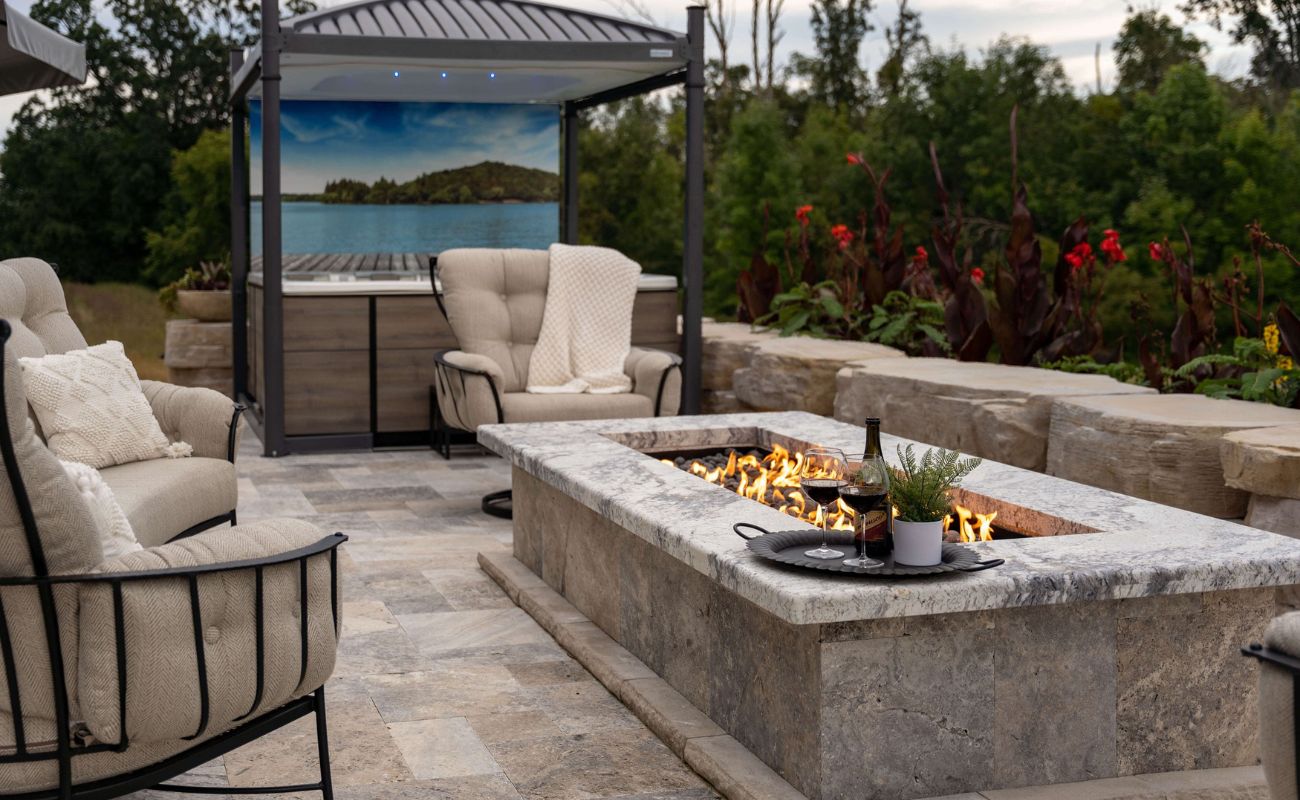
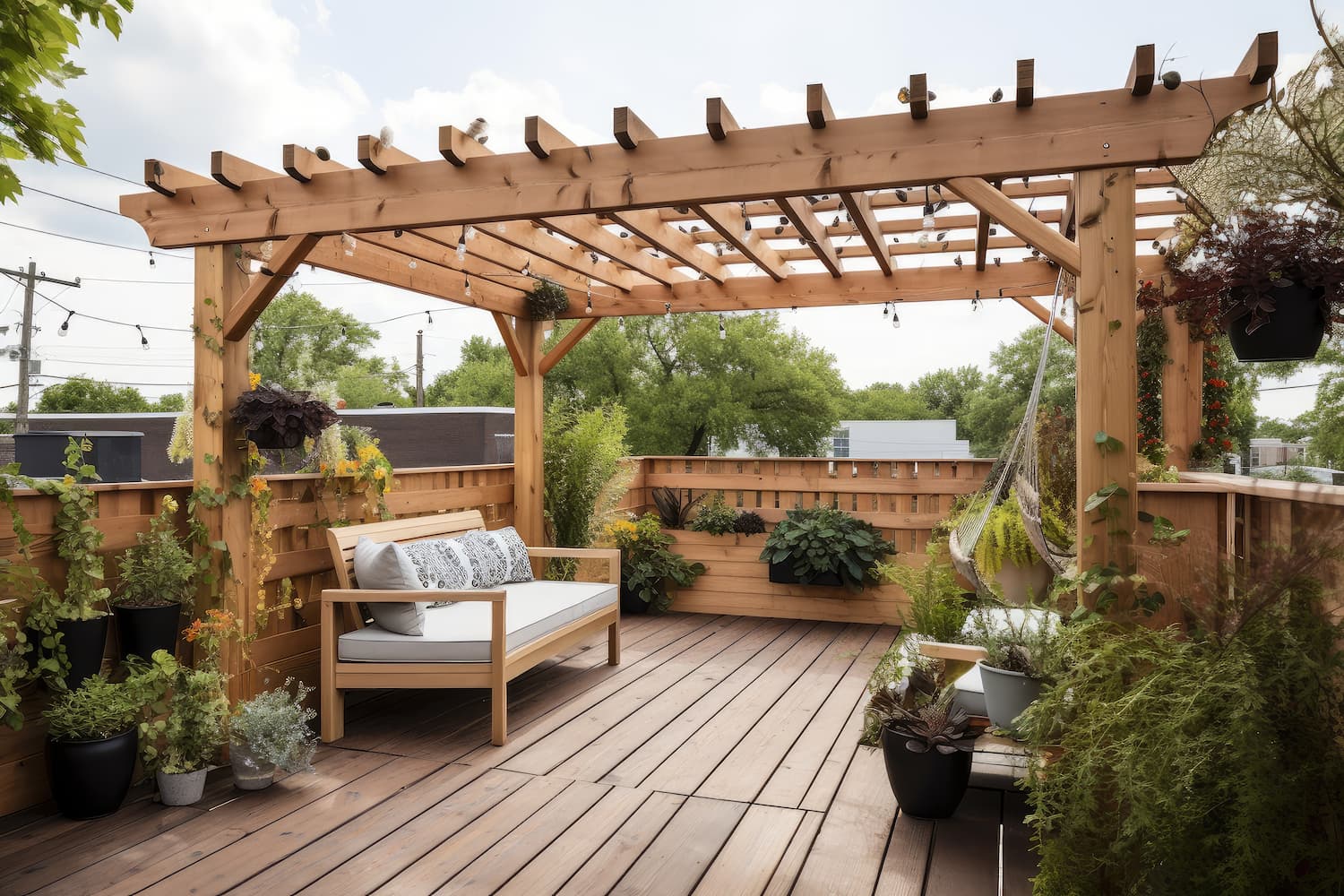
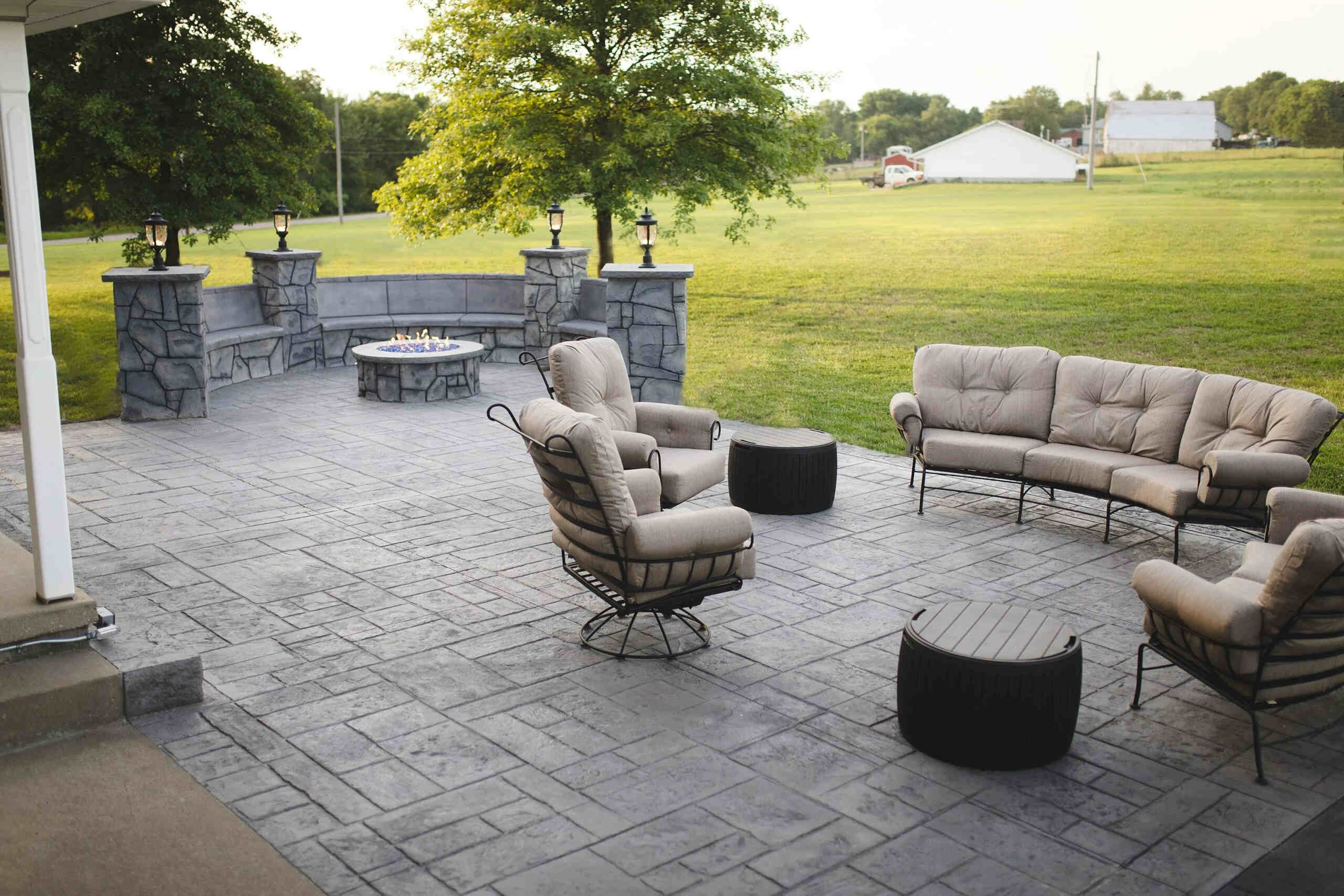
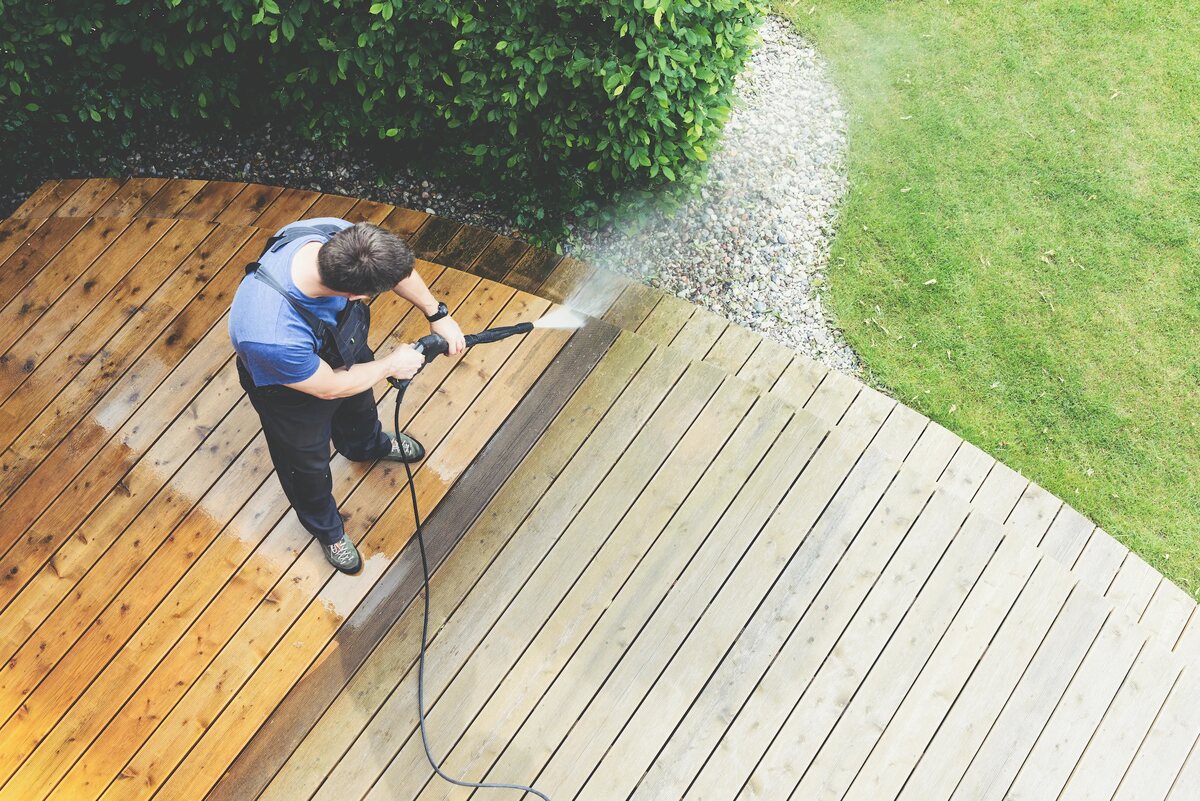
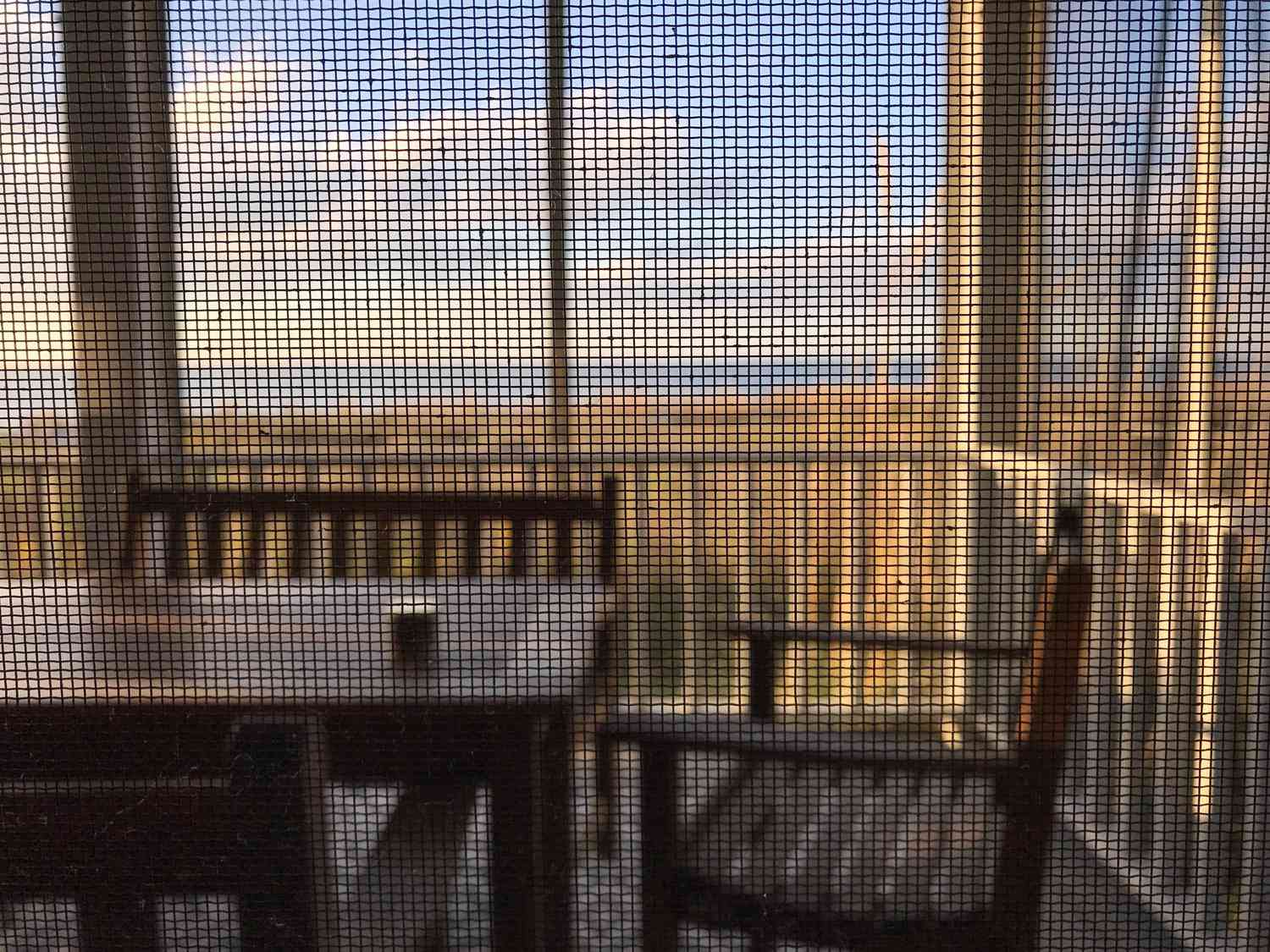
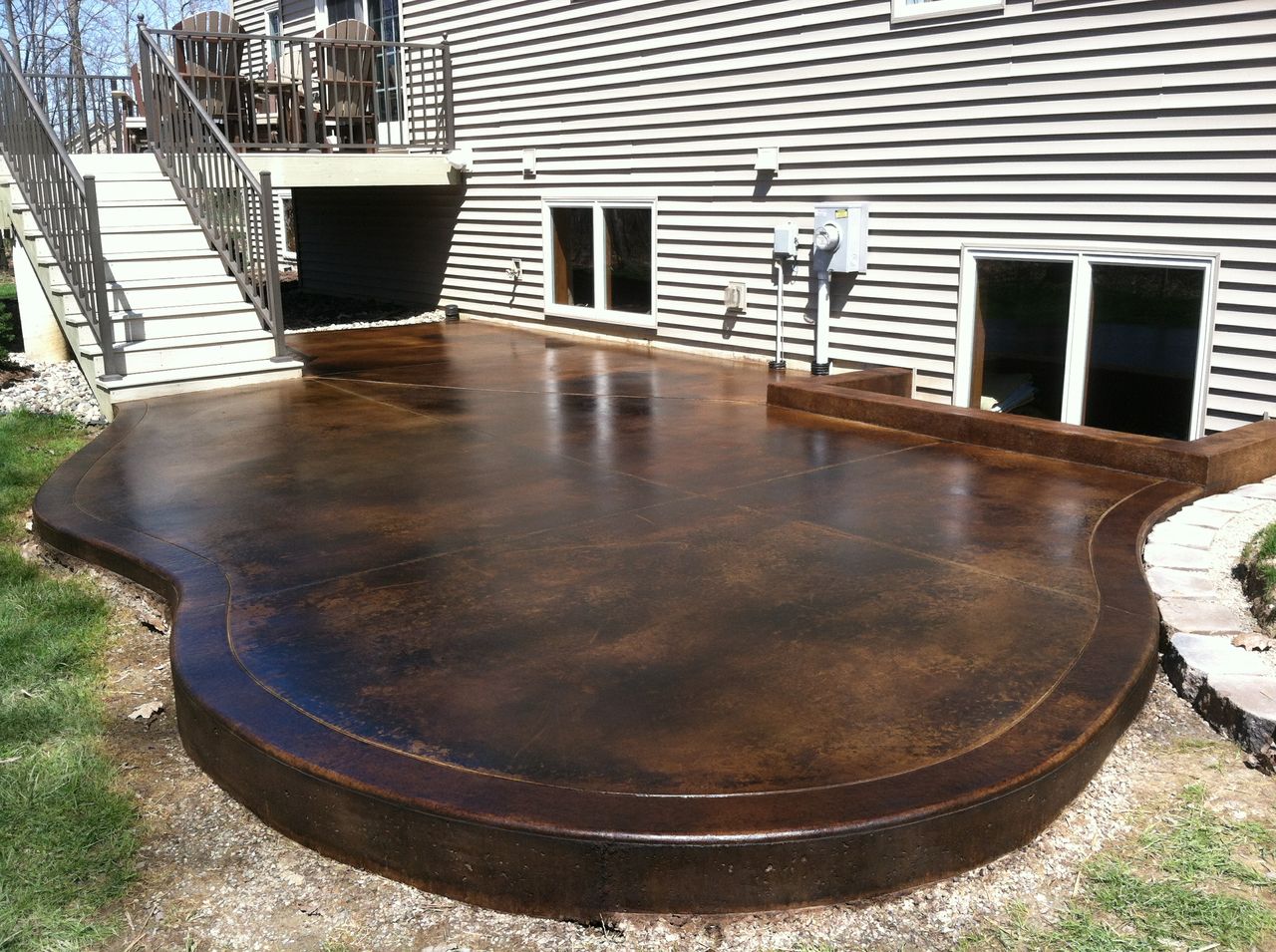

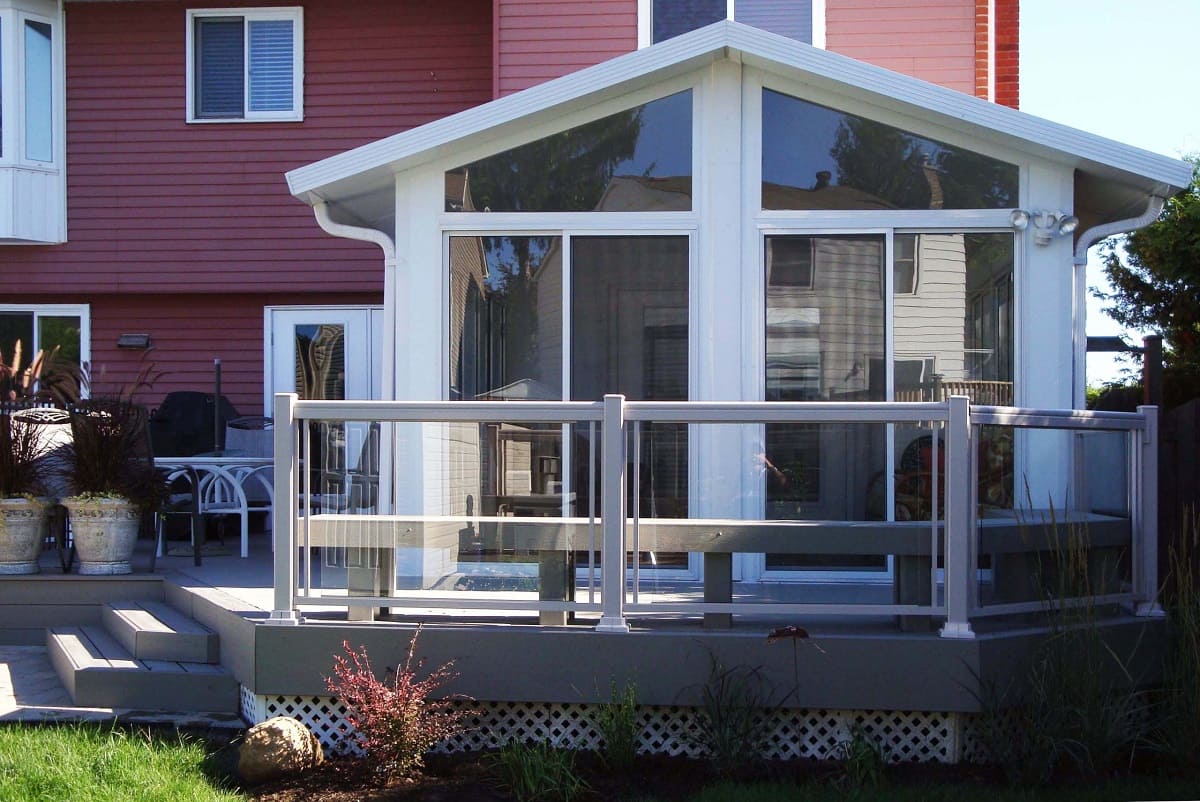
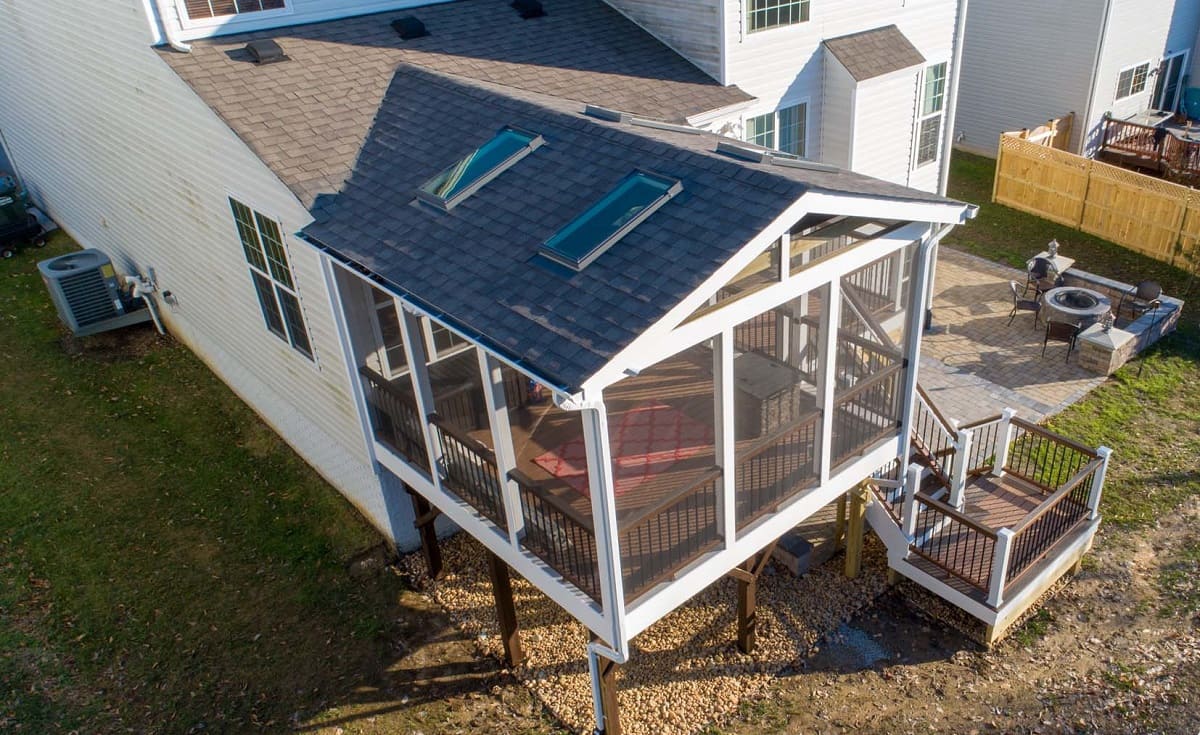
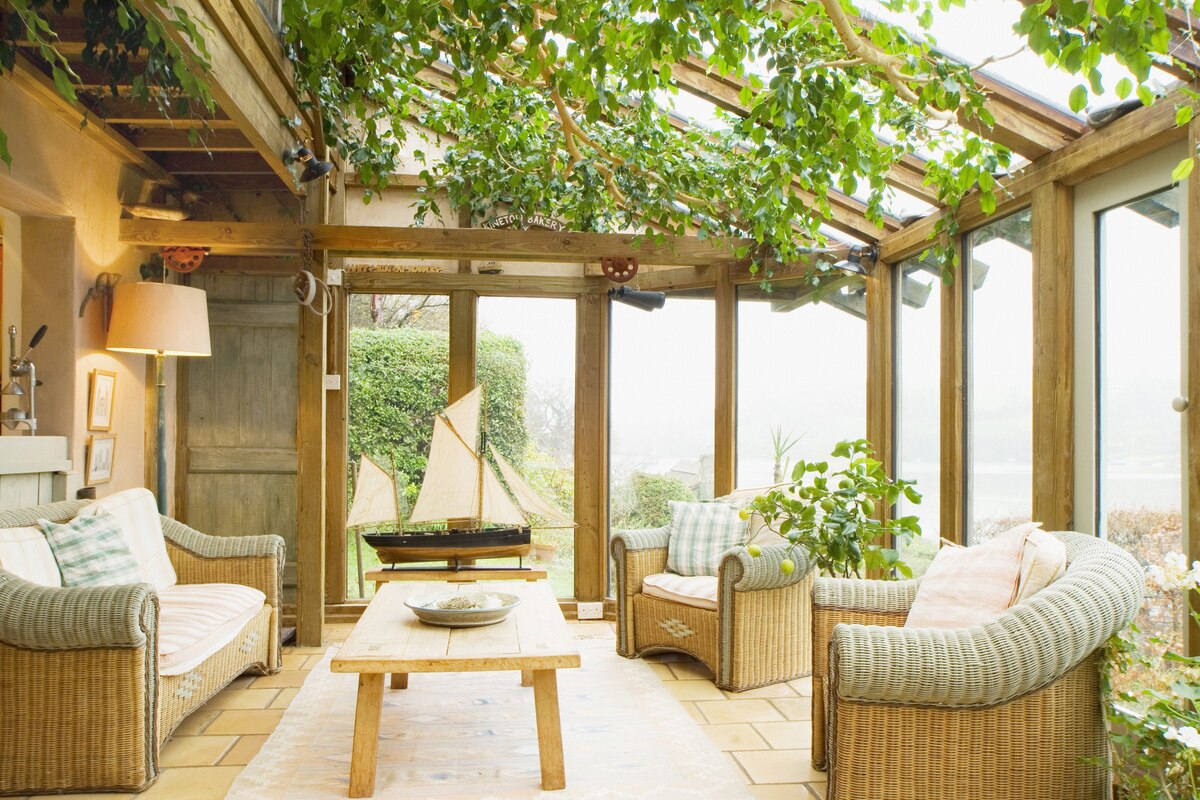

0 thoughts on “How Much Does It Cost To Turn A Patio Into A Sunroom”